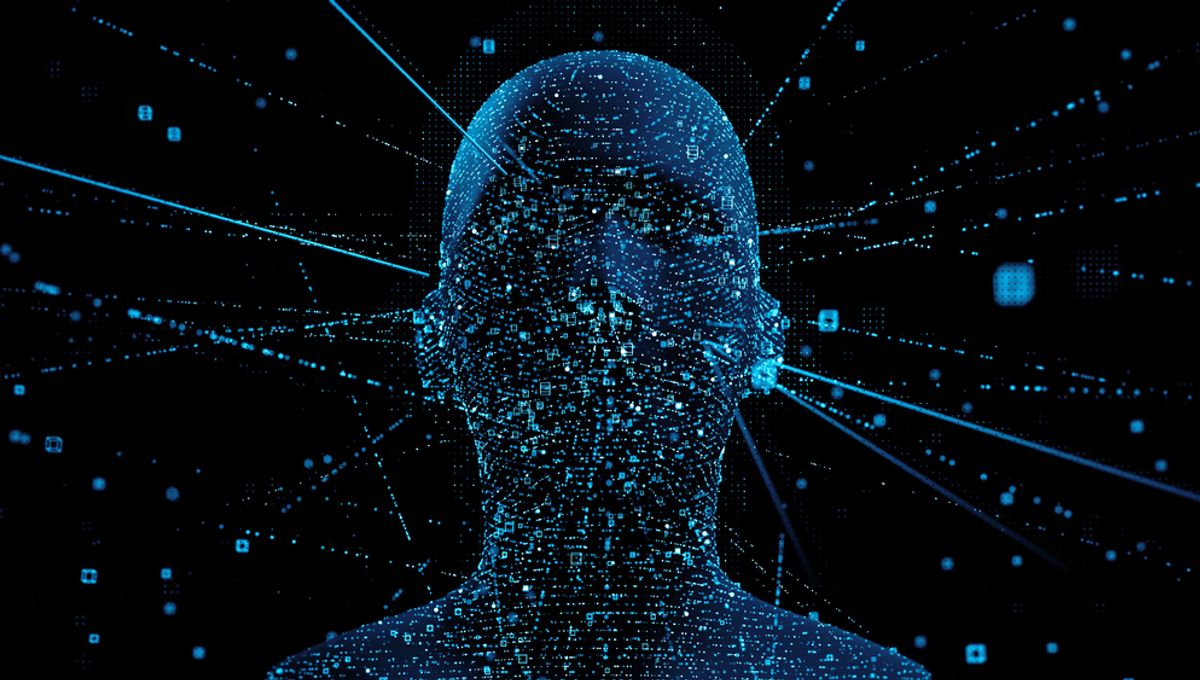
Recent research has revealed that it’s possible to use the signals beamed out from your Wi-Fi router into a sneaky surveillance system, capable of tracking the movement of people and even reading text through walls.
One example of this technology was recently demonstrated by a team of computer scientists at Carnegie Mellon University who developed a deep neural network that digitally maps human bodies using just Wi-Fi signals alone.
It works on a similar principle to technology like radar. Numerous sensors pick up on how Wi-Fi radio waves are being reflected around the room as a result of interference from another object, like a human walking. This data is then processed by a machine learning algorithm which is able to piece together an accurate imagery of the moving human bodies.
“The results of the study reveal that our model can estimate the dense pose of multiple subjects, with comparable performance to image-based approaches, by utilizing WiFi signals as the only input,” the researchers wrote in the pre-print paper posted in December 2022.
Although some might worry that this experimental technology runs the risk of being intrusive, the team believes it is, in fact, “privacy-preserving” compared to a camera. The algorithm is only capable of picking up on rough body positions, not people’s facial features and appearance, so it could offer a new way to carry out surveillance while maintaining some degree of anonymity.
“This technology may be scaled to monitor the well-being of elder people or just identify suspicious behaviors at home,” they write.
In more recent research, scientists at the University of California Santa Barbara demonstrated another way in which Wi-Fi signals can be used to snoop around spaces – even through walls. Using similar technology, they picked up on Wi-Fi signals through a building wall and used them to reveal the shape of 3D alphabet letters.
“Imaging still scenery with WiFi is considerably challenging due to the lack of motion. We have then taken a completely different approach to tackle this challenging problem by focusing on tracing the edges of the objects instead,” Yasamin Mostofi, a professor of electrical and computer engineering at UC Santa Barbara, said in a statement.
Rest assured, this technology is not ready to start peering into peoples’ private homes just yet. Anurag Pallaprolu, the lead PhD student on the UC Santa Barbara project, explains: “It is worth noting that traditional imaging techniques result in poor imaging quality when deployed with commodity Wi-Fi transceivers as the surfaces can appear near-specular at lower frequencies, thus not leaving enough signature on the receiver grid.”
However, given the never-ending explosion of technology, it feels like it’s a matter of time before crisp, clear images are being produced by the waves kicked out from our Wi-Fi routers, smartphones, and laptops.
Source Link: Using Just Wi-Fi Signals, You Can Track People And Read Through Walls